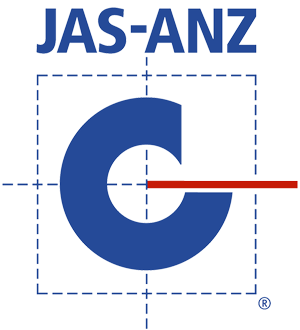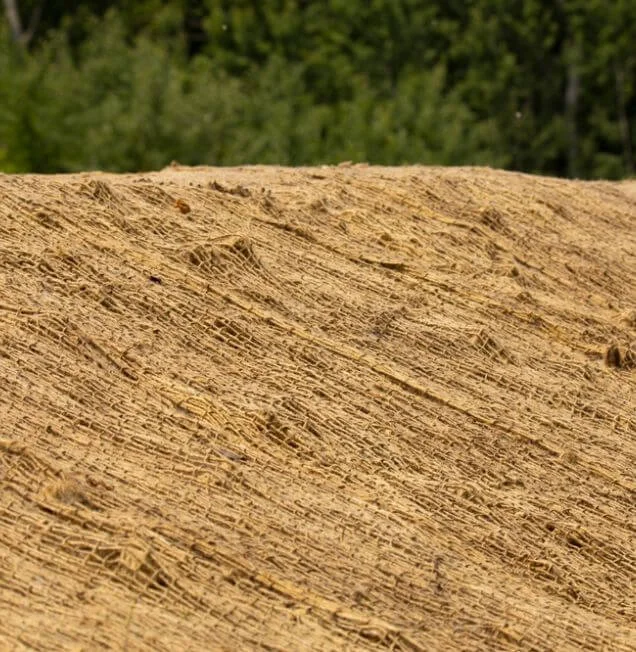.png)



Jute Geotextiles (JGT) are very similar in function to the man-made synthetic Geotextiles (Geosynthetics) - which are made from various petro-chemical derivatives. Various studies both in India and abroad have proved JGT`s efficiency.
The biodegradability of JGT helps in the quick regrowth of displaced vegetation by coalescing with the soil, increasing its permeability, retaining the appropriate humidity as "mulch" and creating a micro-climate that is conducive to vegetative growth. Around the world, JGT has been lauded as the most acclaimed natural fabric that provides biotechnical solutions to soil made vulnerable by exposure.
Jute Geotextile is one of the most important diversified jute product. It can be applied in many fields like civil engineering, soil erosion control, road pavement construction and protection of river banks.
Geotextiles belongs to a class of technical textiles that addresses various soil related problems in civil engineering. These are either made of synthetic polymers (petrochemical derivatives) or of natural fibers. Advantages of Jute Geotextiles:
| PROPERTY | TYPE 1 | TYPE 2 | TYPE 3 | TEST METHOD (REF TO I.S.) |
|---|---|---|---|---|
| Material | 100% Natural | Jute Fibre | - | - |
| Construction | Plain Weave | - | - | - |
| Weight at 20% MR (in gsm) | 730 | 500 | 292 | 2387:1969 |
| Maximum length (metre) | 68 | 68 | 68 | 1954:1990 |
| Width (cm) | 122 | 122 | 122 | 1954:1990 |
| Ends/dm | 7 | 6.5 | 11 | 1963:1981 |
| Picks/dm | 7 | 4.5 | 12 | 1963:1981 |
| Thickness (mm) | 7 | 5 | 3 | 7702:1975 |
| Aperture size (mm) | 12x12 | 13x20 | 8x7 | 2405 (pt I): 1980 2405 (pt II): 1980 |
| Minimum Breaking Load (N/10 cm) | ||||
| Machine Direction (warp-way) | 1200 | 1040 | 1000 | 1969:1985 |
| Cross Direction (weft-way) | 1200 | 790 | 1000 | 1969:1985 |
| Maximum Elongation at Break (in percent) | ||||
| Machine Direction (warp-way) | 10 | 11 | 12 | 1969:1985 |
| Cross Direction (weft-way) | 12 | 15 | 12 | 1969:1985 |